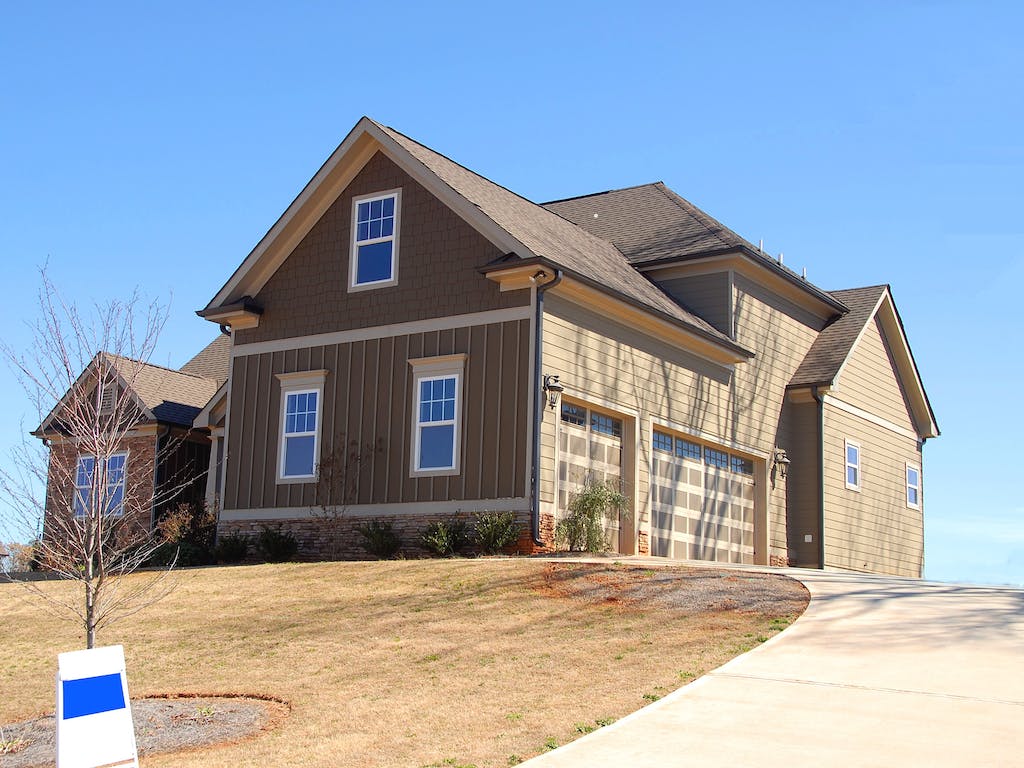Buying a home is one of the biggest financial decisions you’ll ever make, and securing the right home loan is a crucial step in the process. With so many options available, understanding the different types of home loans and what they offer can help you make an informed decision. Here’s what you need to know about choosing the right home loan for your needs.
Fixed-Rate vs. Adjustable-Rate Mortgages
One of the first decisions you’ll need to make is whether to choose a fixed-rate mortgage or an adjustable-rate mortgage (ARM).
Fixed-Rate Mortgages: These loans have an interest rate that remains the same throughout the term of the loan. This option is ideal if you plan to stay in your home long-term and want predictable monthly payments.
Adjustable-Rate Mortgages: ARMs have interest rates that can change over time. They usually start with a lower rate compared to fixed-rate mortgages, but the rate can increase or decrease based on market conditions. ARMs may be suitable if you plan to sell your home or refinance before the rate adjusts.
Loan Term Options
Home loans typically come with varying terms, such as 15, 20, or 30 years. A shorter loan term means higher monthly payments but less interest paid over the life of the loan. A longer loan term, like 30 years, offers lower monthly payments, but you’ll pay more in interest overall. Consider your financial situation and long-term goals when choosing a loan term.
Down Payment Requirements
The amount of down payment you need will depend on the type of loan you choose and the lender’s requirements. Conventional loans often require a down payment of at least 5-20%, while government-backed loans, like FHA loans, may require as little as 3.5%. A larger down payment can reduce your loan amount, lower your monthly payments, and potentially help you avoid private mortgage insurance (PMI).
Closing Costs
In addition to the down payment, you’ll need to factor in closing costs, which typically range from 2-5% of the loan amount. These costs include fees for appraisals, title insurance, and legal paperwork. Some lenders offer the option to roll closing costs into the loan, but this will increase your total loan amount and the interest you pay over time.
Pre-Approval and Shopping for Lenders
Before you start shopping for a home, it’s a good idea to get pre-approved for a mortgage. This process gives you an idea of how much you can borrow and shows sellers that you’re a serious buyer. Shop around for lenders to compare interest rates, fees, and terms. Even a small difference in interest rates can save you thousands of dollars over the life of the loan.
Making the Right Choice
Choosing the right home loan can make a significant difference in your financial future. Consider factors like the type of mortgage, loan term, down payment, and closing costs when evaluating your options. Take the time to research lenders and get pre-approved, so you can confidently make your home-buying decision.

